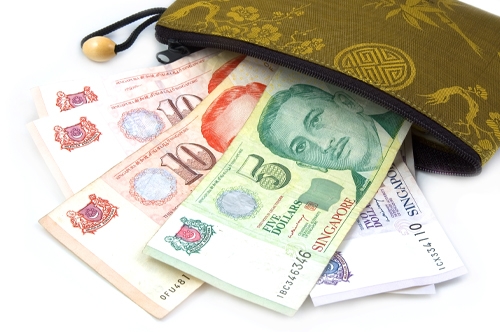
US$1.13bln worth of small domestic appliances sold in ten months
Singapore Small Domestic Appliances industry grew significantly by 32 per cent.
GfK said that Consumers who had held back from purchasing household appliances during the economic downturn two years ago have resumed their spending with great enthusiasm, propelling the Small Domestic Appliances (SDA) industry* to grow at a double-digit rate of 22 percent in value in the first ten months of this year*.
GfK Asia’s retail tracking of SDA across eight Asian countries—Singapore, Malaysia, Thailand, Indonesia, Taiwan, Hong Kong, Vietnam and South Korea revealed that all markets registered value and unit growths of up to 32 and 14 percent respectively.
“Singapore and South Korea are the top two performing markets this year. The Small Domestic Appliances industry in these two countries grew significantly by 32 and 27 percent in value respectively,” noted Ms Jasmine Lim, Regional Account Director for Home Appliances at GfK Asia Pte Ltd. “However, if we look at unit growth, it was the Vietnamese and Thai consumers who purchased 14 and 12 percent more units of such domestic appliances in the last ten months* compared to the same time period last year.”
According to findings from GfK Asia, all four product categories tracked in this survey—food preparation appliances, irons, rice cookers and vacuum cleaners—recorded positive growth in their average unit price—a sign that consumers are trading up to better models and brands.
“In developed nations such as South Korea and Singapore, the average price of appliances have gone up by over 20 percent, indicating that consumers’ are buying more expensive, sophisticated products,” commented Ms Lim. “Vacuum cleaner is in the forefront amongst the four categories tracked, leading with a 30 percent value growth and 20 percent unit price increase as consumers are more willing to pay for higher-end models with improved features such as cyclonic and silent technology.”
Canister-type vacuum cleaners are the most saleable, accounting for anywhere between 64 and 92 percent of value sales in each of the countries surveyed. However, an increasingly popular vacuum cleaner model is the bagless canister, which is growing faster than the traditional bagged canister type even with its higher average unit price.
“The more powerful technology that bagless canister employs alongside the absence of bag usage makes it rather well-received among consumers as it offers a higher level of hygiene, not to mention reduces the amount of time required for its cleaning and maintenance,” said Ms Lim.
Another example of consumers upgrading their household appliances can be seen in the rice cooker category where seven of the eight Asian markets registered double digit value growth. Jar type rice cooker, some models of which come with multiple cooking functions such as baking and steaming, grew by an overall of 21 percent in value and 9 percent in unit, making it the key contributor to the strong performance of the category.
“An emerging trend that we are now seeing in South Korea is the increasing popularity of online purchasing of small household appliances. There has been a steady increment in Internet sales over the past three years, and this mode of transaction currently accounts for nine percent of the total sales for this market,” said Ms Lim.
Findings revealed that vacuum cleaner is by far the category with the largest proportion of sales via the Internet in South Korea, registering 12 percent value share and 10 percent unit share, and this figure is likely to increase further. GfK is currently monitoring online home appliances sales transactions in the other markets and will commence tracking when a market achieves minimum level of penetration.
“With the year end festive season, we foresee that the industry’s current bullish performance will continue right up till after Chinese New Year,” predicted Ms Lim. “If last year’s sales pattern is any indication, we can expect markets like Hong Kong, Singapore, Malaysia and Thailand to perform especially well over the Christmas period, while in Taiwan, Korea and Vietnam, sales spike will be more evident at the beginning of the year due to the Chinese New Year season,” Ms Lim concluded.
























 Advertise
Advertise






